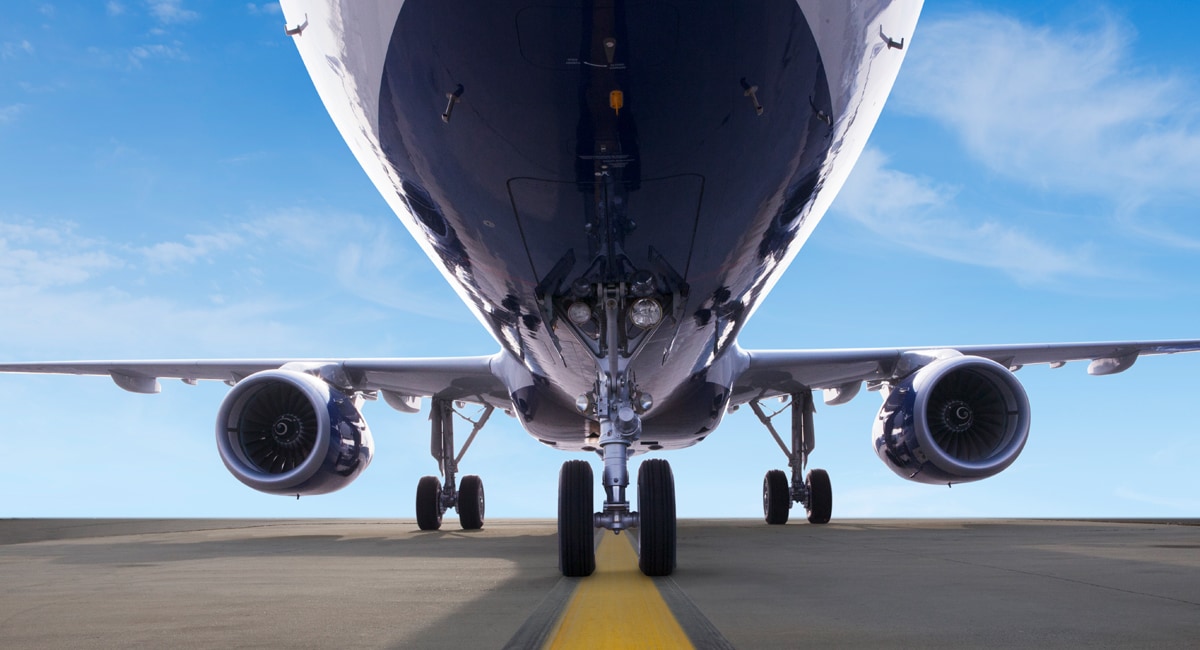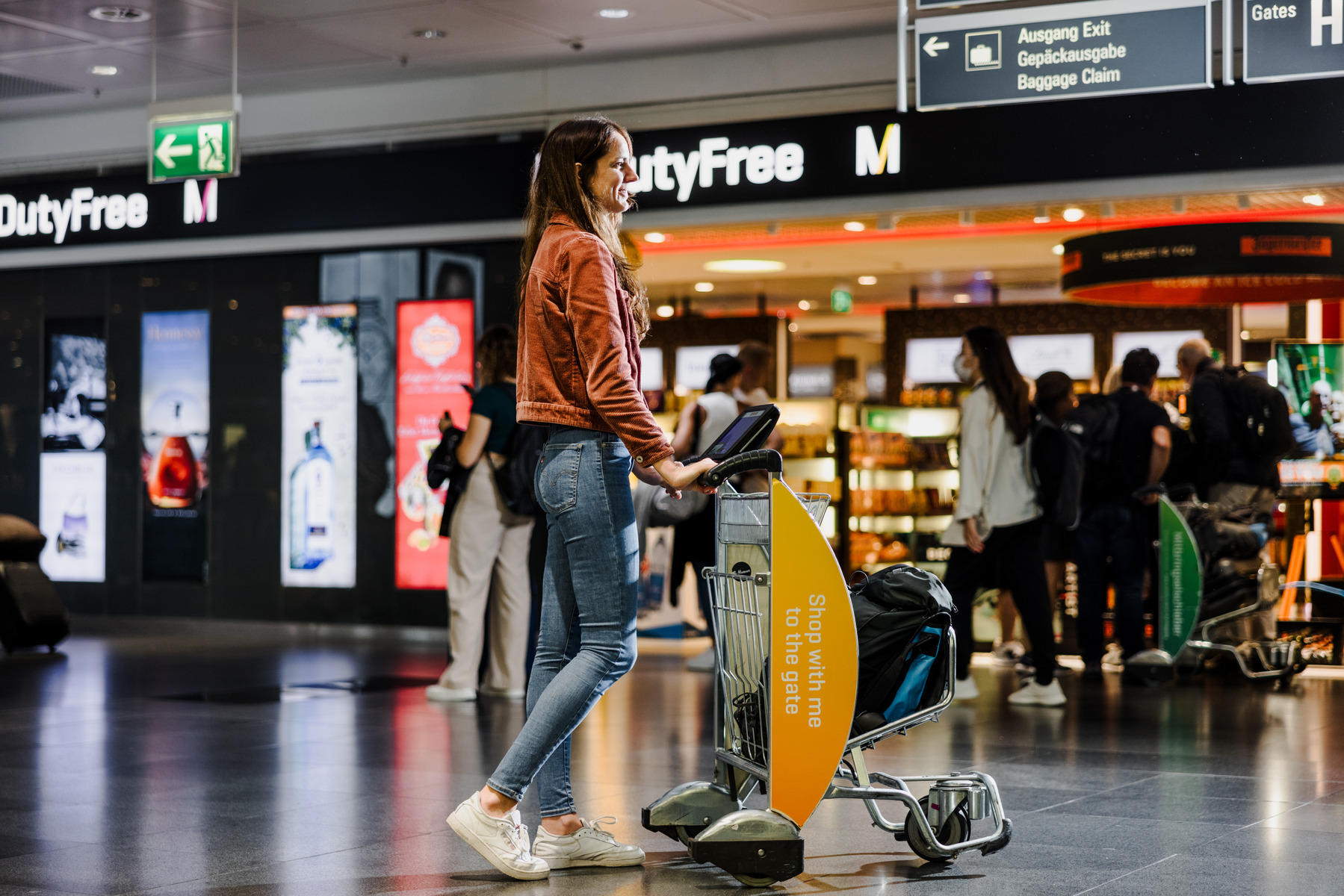Low Fares, Reclinable Seating: What the JetBlue-Spirit Merger Could Mean for Travelers
August 3, 2022

The latest merger is changing the course of the airline industry
Last week, Spirit Airlines ended a months-long merger battle, abandoning its original deal with rival low-cost carrier Frontier Holdings in favor of a $3.8 billion all-cash offer from JetBlue Airways.
The neck-snapping pivot came July 27, when Spirit nixed the merger agreement with Frontier and, the next morning, announced it had accepted the JetBlue bid.
Currently JetBlue is the sixth-largest carrier in the country as measured in passenger miles, while Spirit is seventh-largest, according to the Bureau of Transportation Statistics. Frontier ranks just behind both at number eight.
A combination of Spirit with either JetBlue or Frontier would create the fifth-largest carrier in the US, according to industry analysts. But a Frontier-Spirit tie-up would have likely underscored the two carriers’ similar business models, looking for synergies in the no-frills low-fare space.
However, Spirit is a fundamentally different airline from JetBlue, both in concept and in execution. The acquisition of Spirit is probably going to produce an airline with an ethos that’s JetBlue through and through.
For one thing, it is unlikely that the idea of no-recline seating and upcharge-for-everything pricing will survive the transition to JetBlue’s more consumer-centric—and higher priced—products.
The merger probably spells the end of Spirit as a brand, and with it, the carrier’s 30-plus year history of ultra-low ticket prices, creating angst among low fare aficionados who see $27 one-way trips from, say, Newark to Nashville evaporating.
Still Disrupting
But for now, at least, the two are touting their low-cost credentials, pointing to each airline’s history of upsetting legacy carriers’ fare structures. “Spirit and JetBlue will continue to advance our shared goal of disrupting the industry to bring down fares from the Big Four airlines,” said JetBlue CEO Robin Hayes in a statement.
Spirit CEO Ted Christie called the deal “a game changer,” and added the deal would “create the most compelling national low-fare challenger to the dominant US carriers.”
The Big Four control some 80 percent of the domestic market. Typically, when low-cost airlines like Spirit and Frontier enter a market dominated by one or more of the larger carriers, the competition tends to force fares down. Consumer groups complain that airline mergers historically have removed that downward pressure, and travelers wind up paying more.
Enter the Department of Justice, which has the power to block mergers and acquisitions. Given President Joe Biden’s mandate upon entering office that his administration would more closely scrutinize the impact of business combinations on consumers, it’s a good bet this merger will be under the microscope.
That’s already the case with JetBlue’s other major antitrust battle, the DoJ’s lawsuit over the carrier’s Northeast Alliance with rival American Airlines.
However, while the loss of a low-cost competitor in the marketplace could contribute to rising fares, Henry Harteveldt, president of the travel consultancy Atmosphere Research, told NBC News that the presence of an even larger low-fare airline serving budget-conscious travelers could keep pressure on larger carriers.
“What makes me feel better about this merger is that JetBlue already has a strong value proposition,” Harteveldt said.
One winner out of the disruption could be Frontier. While expressing disappointment at being on the losing end of the deal, the carrier said in a statement, “With JetBlue seeking to convert Spirit Airlines into a high-cost airline, Frontier will be unmatched as the ultra-low-cost leader.”
Planes and People
Another way to look at the impending JetBlue-Spirit nuptials is less as a marriage that would see complementary routes and services rationalized for efficiency and more as an asset acquisition.
“Historically and traditionally, airline mergers have been about combinations of route systems and passenger flows,” according to Michael Boyd, president of airline analysts The Boyd Group International. However, with the JetBlue acquisition of Spirit, “it’s probably not much in play at all.”
Instead, he said, “The value to JetBlue is not what Spirit is carrying. Instead, it’s what they are flying—planes and, more critically, a ready pool of pilots.” Acquiring Spirit’s existing fleet of some 180 Airbus 300-family aircraft which list at $100 million apiece, with another 140 on the order books, suddenly makes the $3.8 billion price tag look not so outrageous.
Taken together with a ready workforce of nearly 9,000 employees, the deal looks more like the kind of “compelling combination that turbocharges our strategic growth,” as JetBlue’s CEO Hayes put it.
Still, redressing all those Airbuses in JetBlue livery, installing more comfortable seating, and retraining crews takes time and money. Plus, the marriage has yet to be blessed by skeptical regulators, and in the current environment, that is hardly a guaranteed outcome. Nevertheless, the companies are optimistic they can close the transaction in the first half of 2024.



